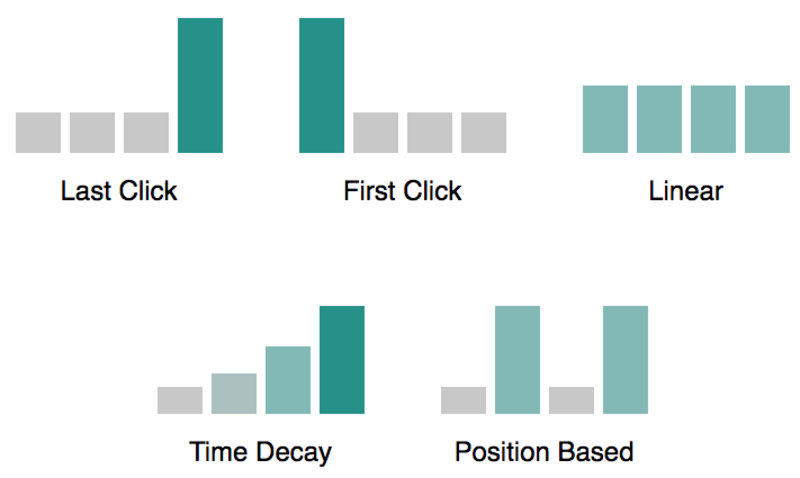Nowadays, there is an increasing consensus among marketeers on the importance of measuring true incremental value of a company’s different marketing channels and touchpoints. However, the most dominant models in affiliate marketing are still based on single click, which contradicts the idea of incremental value. So, what can we say about single-click models and what will the future bring us?
The Affiliate Market Today
Traditionally, affiliate models are based on a single click model, mainly last-click. The last-click model is often seen with coupon and cashback sites. When based on a last-click model, these websites might give the impression that many conversions originated from there. However, through common sense, it’s not hard to imagine this last touch point might not always be the deciding factor for a consumer.
When Last Click Doesn’t Work

On the other hand, last-click models seem to be problematic in some cases. Naturally, not all contributors or touch points in the customer journey position themselves equally. A blogger is often found at the beginning of a customer journey, pertaining to the initial consideration phase of a consumer (Mckinsey, 2015). In the case of influencers, a last-click model would mean they would rarely get rewarded for their contribution to the customer journey. This has led to the fact that influencers often work with a fixed price. Consequently, they get paid a fixed amount, regardless if any sales are being generated. The effectiveness of this method is questionable, as the blogger’s contribution will not be the same for every sale. In other words, the amount they get paid does not necessarily represent their incremental value.
Attribution Models

One of the hot topics in the affiliate world is multi touch attribution, which aims to attribute sales to multiple touch points in the customer journey. As multiple touch-points become visible in the funnel, advertisers may choose to deviate from a single click model. For example, advertisers could choose to distribute commission evenly among the publishers, or to attribute commission based on the position of the touchpoint.
Prospect
Although multi-touch models are a step in the right direction, the challenge remains for advertisers to establish incremental value for each publisher in the customer journey. In addition, it will require an industry wide shift to go from a last-click model to a multi touch attribution model. Fortunately, the attribution ball has started rolling as affiliates are starting to realize traditional affiliate models generate unjustified commissions. While an increasing number of affiliate networks offer services that can apply affiliate attribution models, it remains crucial to analyze your own unique data. We believe creating a model is not always the solution, as making decisions often still require human insight.

